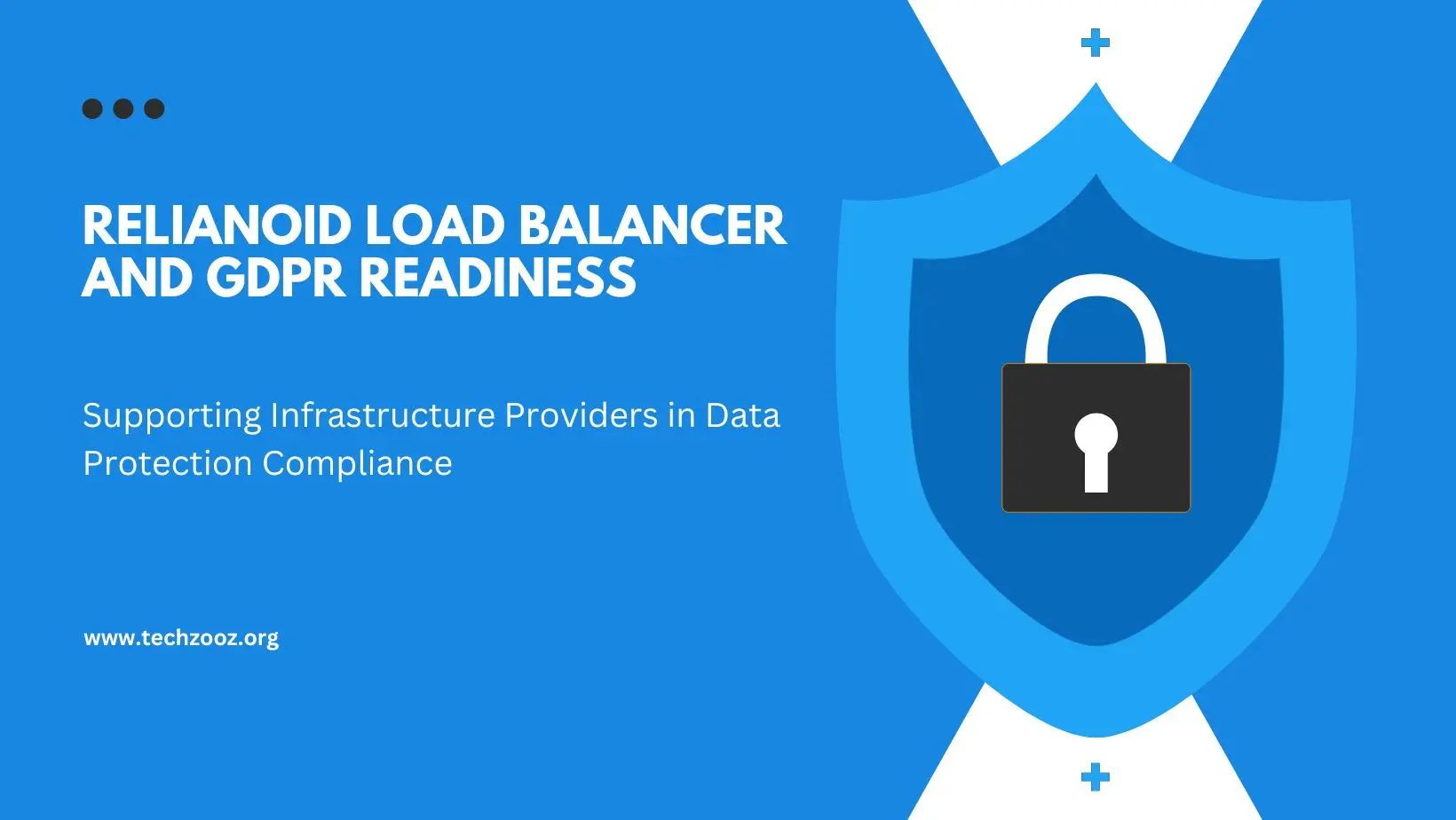
The Process of Data Analytics
Data analytics is the process of inspecting, cleansing, transforming, and modeling data. Keep reading to learn about data analytics examples, the process of data analytics, and how analytics can be used to make better decisions.
The Purpose of Data Analytics
The purpose of data analytics is to improve decision-making by identifying meaningful patterns in data. Data analytics involves three steps: data collection, data preparation, and data analysis.
Understanding the Process of Data Analytics
Data analytics is the process of examining data to gain insights. Data analytics includes the use of statistical analysis, machine learning, and artificial intelligence. The first step in data analytics is data collection. This involves gathering data from various sources, such as internal company databases and external sources such as social media platforms and public records. This can be done manually, by gathering information from surveys or customer feedback forms, or automatically, by tracking website traffic or sales figures.
The next step is data preparation. This process cleans and prepares the data for analysis. Data preparation may include removing duplicate entries, standardizing values, and transforming the data into a format that can be easily analyzed.
The third step is data analysis. This involves using statistical methods or machine learning algorithms to examine the data and identify patterns or trends. The results of this analysis can be used to make better decisions about how to run your business or organization.
Finally, the fourth step is reporting and visualization. This involves summarizing the findings of the data analysis and presenting them to those who need it in a way that is easy to understand. This may include upper management, marketing staff, or engineers who are responsible for making changes based on the findings.
Measuring the Impact of Data Analytics
One way that data analytics can be used to measure the impact of data is by identifying trends. A trend is a pattern that can be observed over time and typically represents a change in some aspect of business performance. Trends can be identified by looking at historical data and then comparing it with recent data to see if there has been any change. Once a trend has been identified, it is necessary to determine why it exists and what can be done about it.
Another way that data analytics can be used to measure the impact of data is by identifying correlations. A correlation occurs when two variables are related in some way. For example, a company might want to know if there is a correlation between sales and marketing spending.
By analyzing historical sales and marketing spending data, it might be possible to identify a positive or negative correlation between the two variables. If there is a positive correlation, this means that when marketing spending increases, sales also increase; however, if there is a negative correlation, this means that when marketing spending increases, sales decrease. Correlations can help companies understand how different aspects of their business are related so that they can make informed decisions about how best to allocate their resources.
Finally, another way that data analytics can be used to measure the impact of data is by using predictive models. Predictive models are computer programs that are used to predict future events based on past events. For example, a predictive model might be able to use past customer purchase history to predict whether or not a customer will buy again in the future. The predictive models can help companies better understand their customers so that they can provide them with products and services that they will likely want or need.
The Usefulness of Data Analytics Results
The results of the analysis can be used to make decisions about how to run a business. For example, if sales figures show that there is a trend toward buying products online rather than in stores, then a business might want to consider investing in an e-commerce platform. Or, if customer satisfaction ratings are lower than expected, then a business might decide to invest in customer service training for its employees.
Overall, the process of data analytics is important for businesses as it allows them to make informed decisions and improve their performance.









